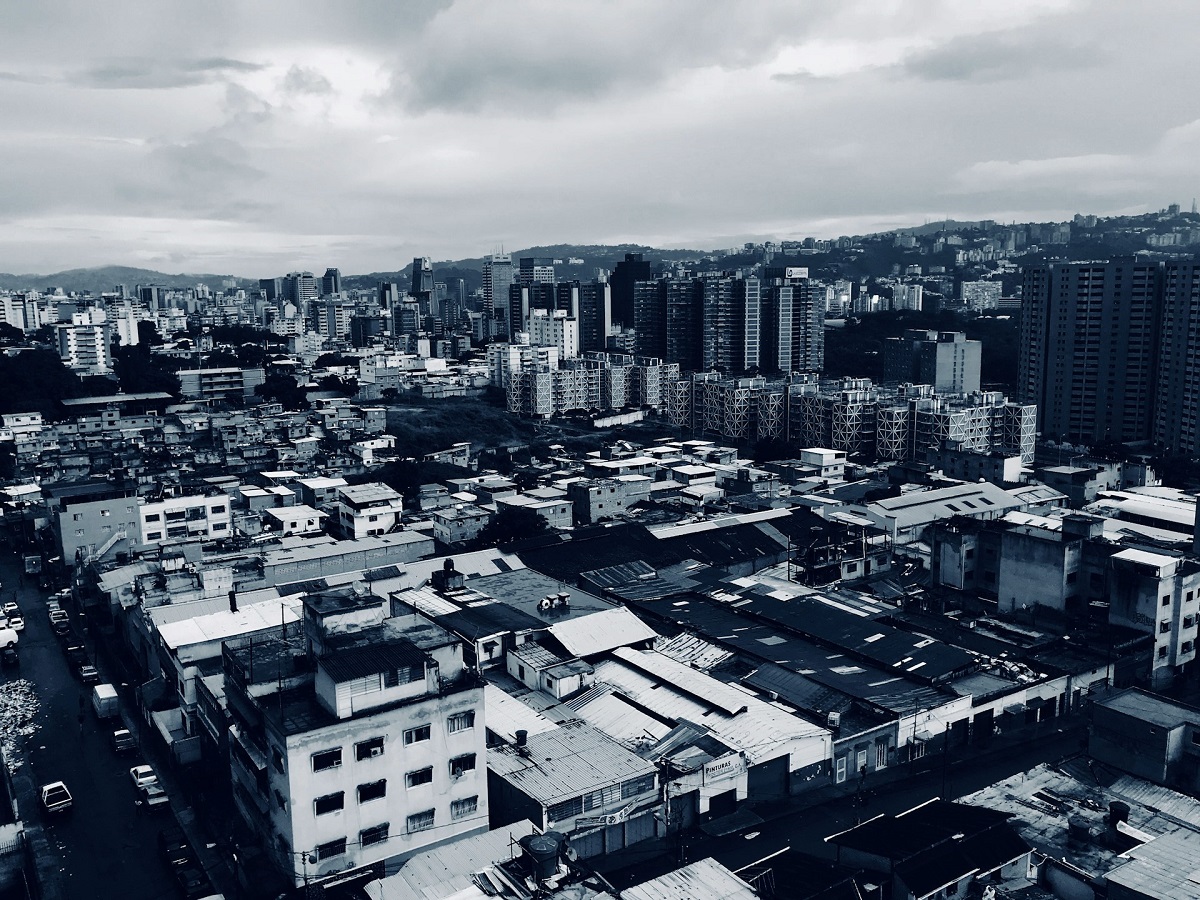
Venezuelan journalists working under the increasingly repressive regime of Nicolás Maduro have started using AI stand-ins during news reports.
As covered by the Guardian, journalists in Venezuela, increasingly under threat of professional and personal harm by the government of Maduro have started to place stand-ins of themselves during videos they post reporting the news.
The Maduro government recently once again claimed victory in Venezuela’s most recent presidential elections despite widespread domestic and international claims of electoral fraud.
Previous to having claimed a third consecutive presidential term, Maduro’s government had also led numerous crackdowns on opposition candidates and their supporters.
The government has since then continued its escalation of authoritarian measures against certain sectors of society.
Among those feeling threatened are numerous journalists, many of whom have long since started fearing for their personal security for reporting anything critical of the government.
According to Carlos Eduardo Huertas, director of Connectas, a journalism platform based in neighboring Colombia, “The persecution and the growing repression that our colleagues are suffering in Venezuela, where the uncertainty over the safety of doing their job… grows by the minute,”
Huertas adds in comments to The Guardian, “Being on camera is no longer so sensible.”
This crucial problem that journalists within Venezuela face has caused a number of them to take the clever step of keeping up with their reporting, but with hyper-realistic AI avatars in their videos.
This initiative has involved collaboration between roughly 20 Venezuelan news and fact-checking organizations and 100 journalists who share their content.
The output from this collaborative effort is then presented via social media and other sources by two impressively realistic avatars -one male and the other female- called La Chama and El Pana.
These AI-generated stand-ins aren’t being used covertly either. Reporters using them mention in their tweets and other reports that their physical representations aren’t real.
As one recent video by Connectas, posted to X, mentions during the intro section of its report, “But before we go on – in case you haven’t noticed – we want to let you know that we aren’t real,”
📢 ¡Ya está aquí el primer episodio de Operación Retuit! 📲
🎥 En esta entrega hablamos sobre las cifras reales de detenidos tras las elecciones del #28J y cómo esta crisis política podría impactar la economía en 🇻🇪.
🔎https://t.co/SkFE5KKiLW#VenezuelaVota #LaHoraDeVenezuela pic.twitter.com/bFB7WlyxqR
— CONNECTAS (@ConnectasOrg) August 14, 2024
The video then opens to a news report in which it claims that over 1000 people have been detained and nearly 2 dozen killed during recent protests.
With this distinctly 21st-century trick, reporters have managed to continue with visually dynamic reports about the regime’s attacks on opponents, activists and media while keeping their actual faces hidden away.
The Guardian pointedly explains that threats to journalists in Venezuela are very real, with several having been detained, in some cases violently, during the last few weeks since Maduro’s claimed electoral victory.
As the website Caracas Chronicles recently explained,
“Sources are not talking. Journalists are forced to work anonymously, sometimes in hiding, concealing their identities out of fear of government retaliation. Social media accounts have gone silent … vital parts of the news ecosystem, like X, have been blocked,”
The name of this new AI journalism project is Operación Retuit (Operation Retweet) and it has so far posted multiple episodes.






